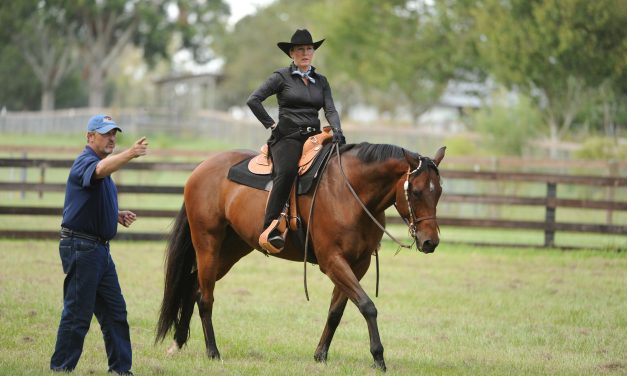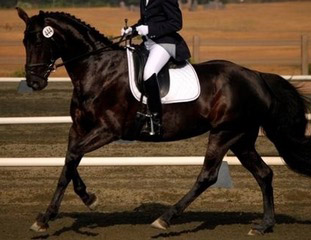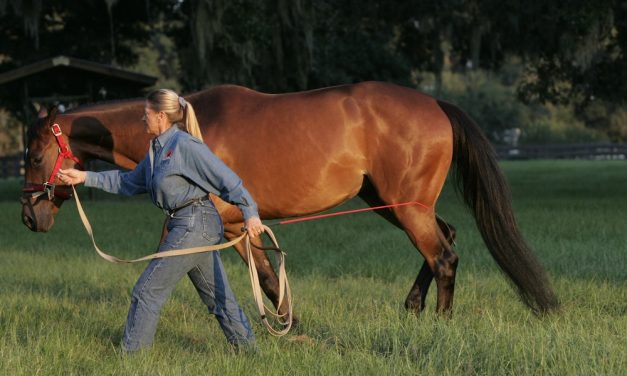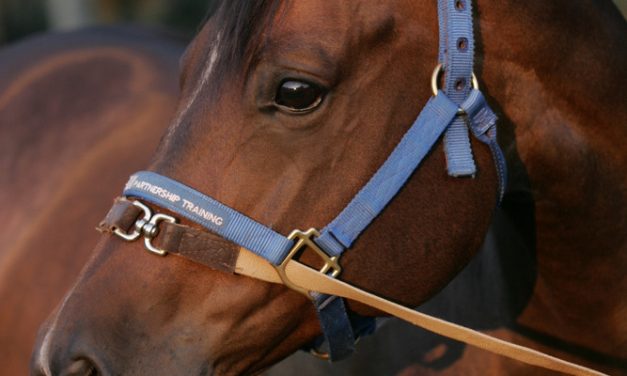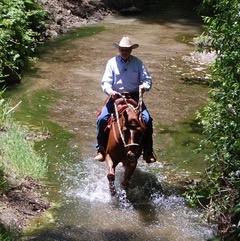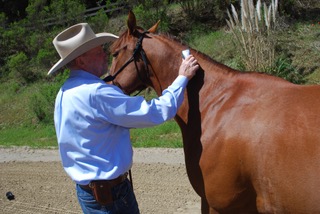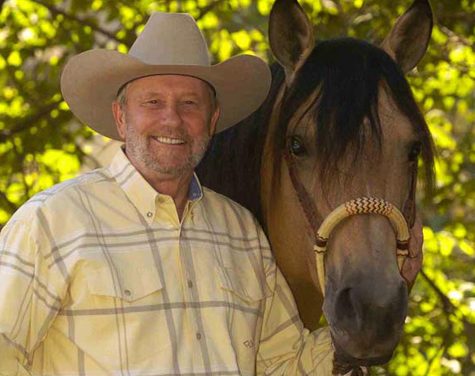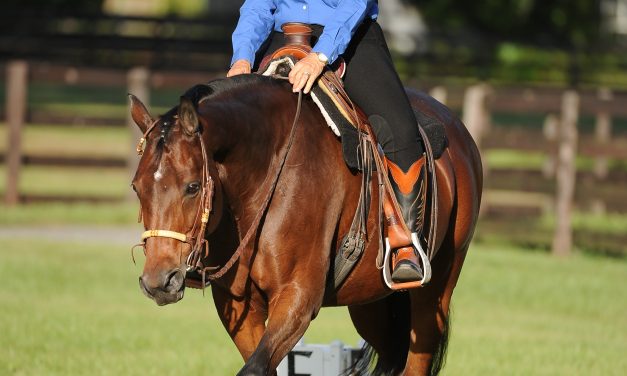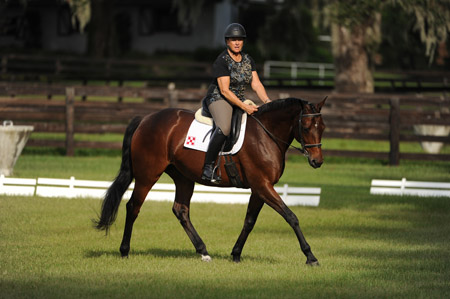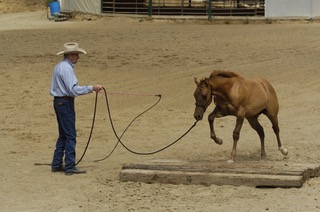How Horses Like to Learn
Hi, this is “My Royal Lark” also known to my friends as “Wills”. I am a handsome bay Appendix Quarter bay stallion and son of legendary “Rugged Lark”. I’m Lynn’s favorite partner, or at least I think so!
We know that horses don’t talk… but Lynn is finally off of her computer and now it’s my turn to give you a horse’s perspective on training. Together with Lynn’s 40+ years of professional experience in training horses and riders, we’ve come up with these pointers to help you be more successful in training your horse.

